Sometimes, even the keenest, most green-fingered gardeners can miss signs that the foliage on their property isn’t as healthy as it should be, and that is even more the case when most of the trouble has to do with tree roots that you can’t even see. A tree’s health lives and dies by the state of its roots, so it is vital that you become more aware of some of the signs that could suggest hidden danger down below. With this in mind, take a look at some of the key signs that your tree’s roots are failing, described by a La Cañada Tree Service.
Signs Of Root Damage From A La Cañada Tree Service
- Yellowing Or Light Green Foliage
Light green or yellowing foliage, especially in older leaves, can be an early sign of root stress. When roots are unable to absorb sufficient water and nutrients from the soil, leaves may display discoloration as a result of deficiencies or water stress.
- Early Leaf Coloration
Premature leaf coloration, such as early fall-like colors during the growing season, can signal underlying root issues. Stress on the root system can cause trees to enter dormancy prematurely, leading to changes in leaf color and premature leaf drop.
- Upper Branch Dieback
Upper branch dieback, where the upper canopy of a tree begins to thin or lose foliage, can be a symptom of root damage. Reduced root function can restrict the flow of water and nutrients to the upper portions of the tree, resulting in canopy decline and dieback.
- Dark Areas On Trunk Or Buttress Roots
Dark, discolored areas on the trunk or buttress roots can indicate decay or rot in the root system. Decay fungi can infect roots, causing them to deteriorate and compromising the structural integrity of the tree.
- Oozing Liquid On Trunk Or Buttress Roots
Oozing liquid or sap from the trunk or buttress roots can be a sign of injury or infection in the root system. Bacterial or fungal infections, physical damage, or insect activity can cause sap to leak from the tree, indicating an underlying issue.
- Presence Of Mushrooms Or Fungal Growth Near the Trunk
The presence of mushrooms or fungal growth near the trunk of the tree is often indicative of decay or rot in the root system. Fungi thrive on decaying organic matter, and their presence can signal underlying root problems that require attention.
- Poor Ground Cover Growth Under The Canopy
Poor ground cover growth, such as sparse vegetation or bare soil, beneath the canopy of the tree may suggest root competition or soil compaction. Reduced root growth or activity can impact the health of surrounding vegetation, leading to sparse ground cover.
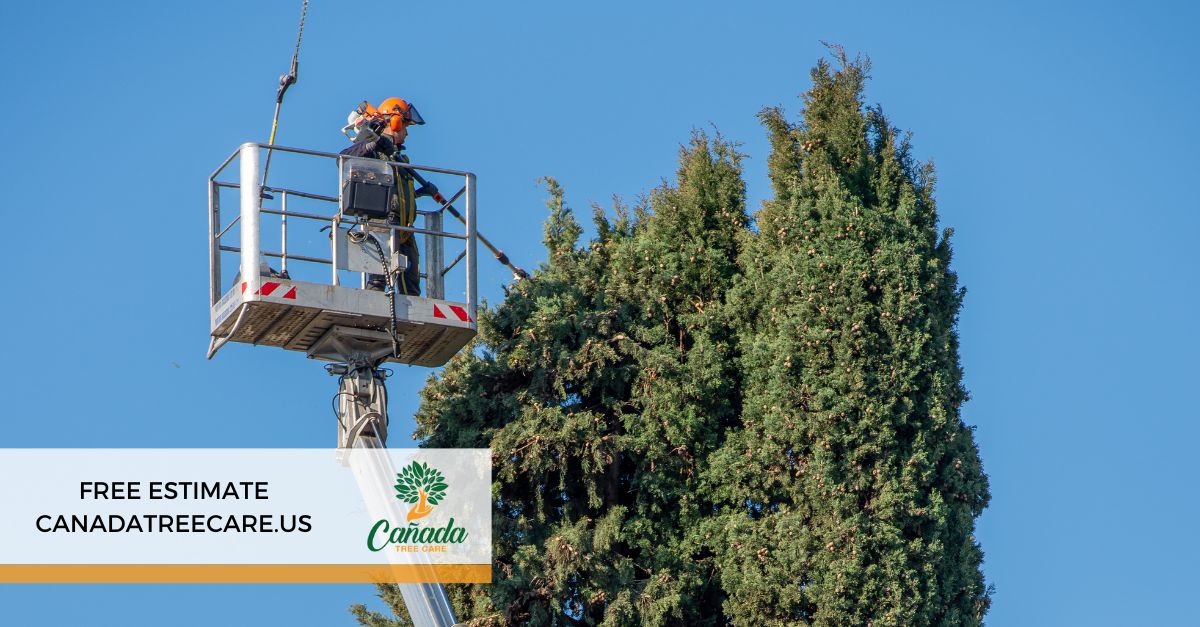
- Abnormal Swelling Of The Base Of The Trunk
Abnormal swelling or bulging at the base of the trunk, known as basal swelling, can indicate structural weakness or root damage. Compromised root systems can lead to instability and structural issues in the trunk, posing a risk of tree failure.
If you notice any of the above-mentioned hidden dangers and think that you need the help of a professional La Cañada tree service to solve the problem, then don’t hesitate to get in touch with the best in the business at Cañada Tree Care. We look forward to being able to help you!
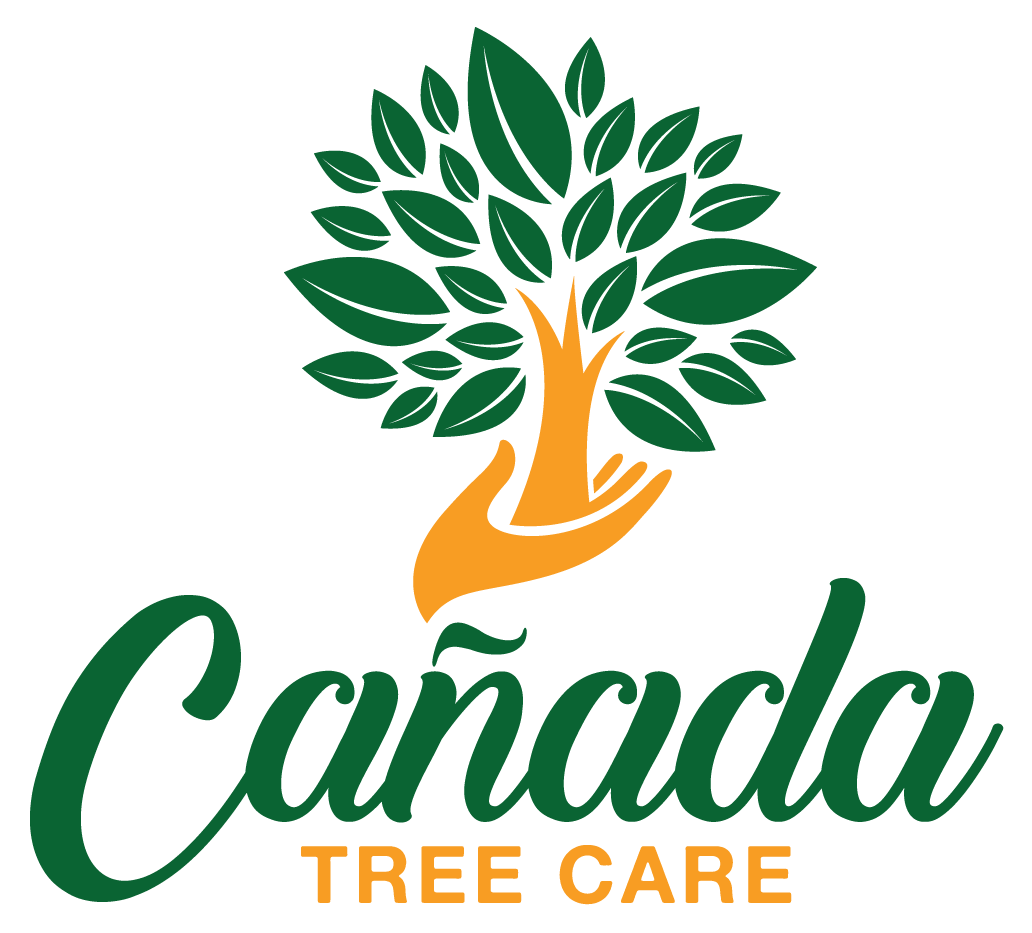

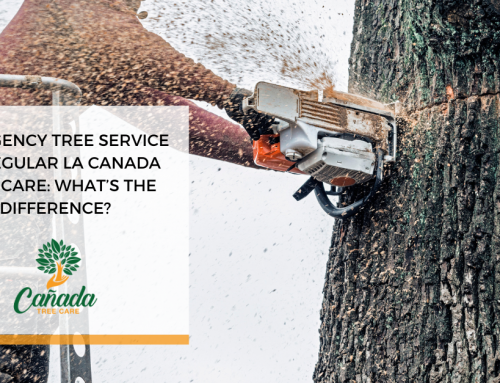
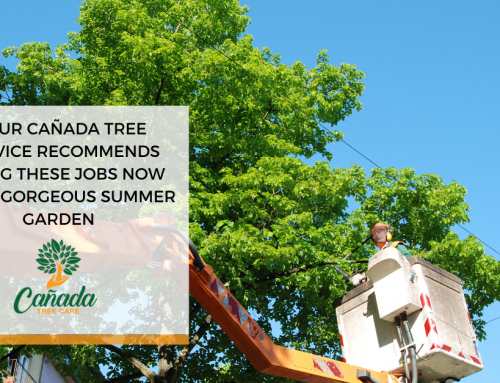
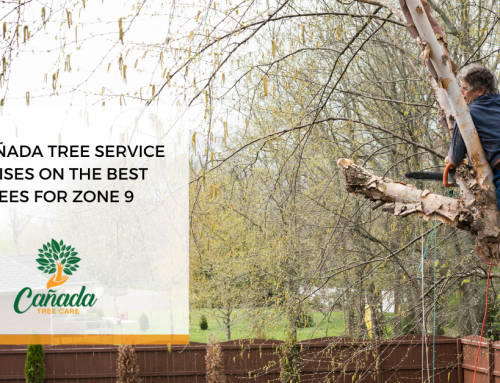
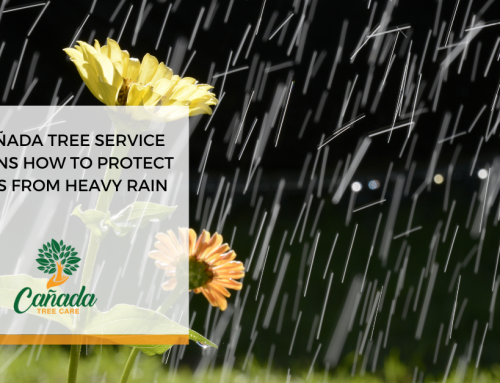
Leave A Comment